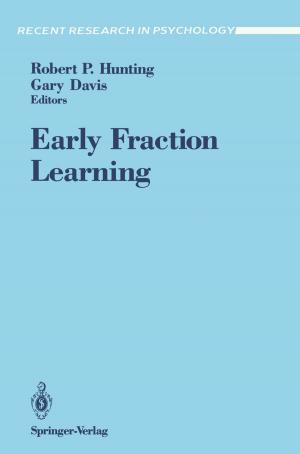| Author: | W.W. Spradlin, P.B. Porterfield | ISBN: | 9781461252122 |
| Publisher: | Springer New York | Publication: | December 6, 2012 |
| Imprint: | Springer | Language: | English |
| Author: | W.W. Spradlin, P.B. Porterfield |
| ISBN: | 9781461252122 |
| Publisher: | Springer New York |
| Publication: | December 6, 2012 |
| Imprint: | Springer |
| Language: | English |
Who are we? What are we? How do we fit into the world? Or into the universe? These and other questions pertaining to ourselves and our environ ment are as compelling to us today as they were to our primitive ancestors. Throughout our history we have developed paradigms of thought that have attempted to answer these questions, each conceptual framework being par ticularly relevant to its age. We are, in the twentieth century, witnessing a complete reorganization of our thinking. We are now, with the aid of tech nology, able to bring together both ancient and new patterns of thought and to observe the emergence of a kaleidoscopic world view that is uniting the once dissonant theories of philosophy, religion, and science. This book sketches an historical picture of three world views that have shaped our ideas about ourselves. These conceptual formats that have so influenced us are not mutually exclusive and are present in all of us simulta neously, although to varying degrees depending upon our individual biases.
Who are we? What are we? How do we fit into the world? Or into the universe? These and other questions pertaining to ourselves and our environ ment are as compelling to us today as they were to our primitive ancestors. Throughout our history we have developed paradigms of thought that have attempted to answer these questions, each conceptual framework being par ticularly relevant to its age. We are, in the twentieth century, witnessing a complete reorganization of our thinking. We are now, with the aid of tech nology, able to bring together both ancient and new patterns of thought and to observe the emergence of a kaleidoscopic world view that is uniting the once dissonant theories of philosophy, religion, and science. This book sketches an historical picture of three world views that have shaped our ideas about ourselves. These conceptual formats that have so influenced us are not mutually exclusive and are present in all of us simulta neously, although to varying degrees depending upon our individual biases.















